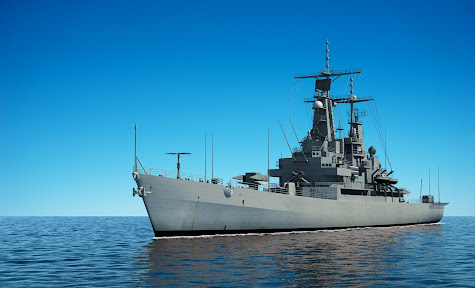The United States District Court for the Eastern District of Louisiana delivered an intriguing ruling in the matter of Aries Marine Corp. The decision by Judge Lance Africk focused on the complex intersection of subrogation and offset rights within the framework of the Longshore and Harbor Workers' Compensation Act (LHWCA).
The court's verdict stipulated that a waiver of subrogation by an LHWCA carrier does not negate the carrier's right to claim an offset against future LHWCA liability. This legal intricacy arose from an accident involving a lift boat off the coast of Louisiana in the Gulf of Mexico.
Workers injured when the lift boat capsized received compensation under the LHWCA, and the carriers then sought subrogation claims to recover the benefits paid from the defendants. However, the defendants and plaintiffs contested this by invoking the waiver of subrogation clause in their contract.
Judge Africk delved into the complex nuances of the contract, ultimately concluding that the waiver applied to the owner of the rig and its "invitees." Here, the court applied Louisiana law, defining invitees as individuals who enter premises with the express or implied invitation of the occupant, usually for mutual benefit.
The carriers subsequently filed motions for reconsideration, and the court recognized that a dismissal of their claim for an offset would be a "legal error." As a result, Judge Africk amended the summary judgment to acknowledge the carriers' right to claim an offset pursuant to Section 33(f).
This ruling underscores the importance of understanding the nuanced aspects of legal provisions, even in cases where subrogation is waived, and reaffirms that carriers can still seek an offset against future LHWCA liability, ensuring a balance of rights in complex maritime compensation cases.










